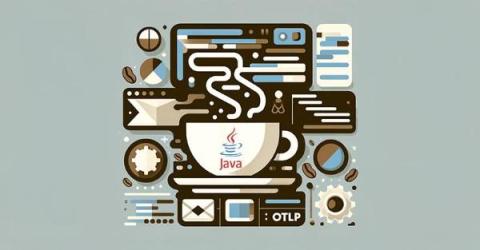Boosting Application Security Using OpenTelemetry
Every day, we hear about new vulnerabilities or exploits that underline the importance of application security in today’s connected world. Such incidents put sensitive user information at risk and threaten applications’ infrastructure. Securing applications is therefore crucial not only from a technical standpoint but also to maintain user trust and ensure service reliability. The challenge lies in identifying and mitigating potential security threats before they can be exploited.








